#horsepower
QOTD: Which Muscle Car is the Most Muscular?
Classic muscle cars are legendary, some blend of parts not originally meant to go together. Our question is, of all the muscle cars produced, which is the most muscular?
Power Specs Leaked for GM's New Inline-Six Diesel
While diesel may be deader than disco in the passenger car segment, it is rolling plenty of coal in the half-ton pickup truck class. Once the domain of heavy duty rigs, oil burners are now snaking their way under the hoods of consumer-grade trucks.
We’ve known for a spell the output of Ford’s half-ton PowerStroke, as we have with Ram’s on-again-off-again EcoDiesel. Now we learn GM’s rating and, compared to that pair of competitor mills, it can brag about being best in class.
Won't Get Fueled Again: AAA Testing Suggests Premium Gas, for the Most Part, Isn't Worth Your Cash
Most readers of this site know exactly what an octane rating is and how it relates to the bang it provides in an engine. Hauling up to the pumps and being presented with a choice of everything from 87 to race gas is one of the benefits of living in America.
Higher octane fuel is more expensive than other grades and the gulf between regular and super-duper-extra premium is steadily increasing. Is it worth “treating” your car to a tank of high octane every now and then? The American Automobile Association says absolutely not — and they have the testing to back it up.
Why Did Honda De-tune the Civic Type R's 2.0T for 2018 Honda Accord Duty?
Launched in mid-June 2017, the 2017 Honda Civic Type R is the first Honda-brand Type R product ever sold in the United States. And after generations of Honda enthusiasts tolerated relatively unimpressive horsepower totals from high-revving four-cylinder engines, Honda didn’t mess around with the latest, turbocharged Civic Type R.
306 horsepower at 6,500 rpm. 295 lb-ft of torque at 2,500 rpm.
Yet before the Civic Type R was even on sale in the United States, we learned that the 10th-generation 2018 Honda Accord would kill the V6 and replace it with, you guessed it, the Civic Type R’s 2.0-liter turbocharged four-cylinder. Incidentally, only a few days after that, we learned that the optional V6 in the Accord’s long-time rival, the new-for-2018 Toyota Camry, would generate 301 horsepower.
Win for Honda? Not so much, as Honda last week revealed a 2018 Accord 2.0T with 252 horsepower and 273 lb-ft of torque.
Huh? What? Why?
Minivans Are Becoming Properly Quick; Thank Modest Power Increases and Major Transmission Changes
Minivans. They’re the ultimate family haulers: unpretentious, utilitarian, and usually ugly.
Minivans haven’t been slow in some time. A decade ago, the Honda Odyssey produced 244 horsepower and required fewer than nine seconds to accelerate from nought to 60 miles per hour, hardly the behavior of a contemporaneous Chevrolet Aveo.
But the rate at which minivans have been packing on the ponies and adding gear ratios has evolved quickly over the last year. The Chrysler Pacifica came first, producing horsepower similar to its Pentastar twin from Dodge but adding a handful of gears. 0-60 times dropped to 7.3 seconds.
That was nothing to sneeze at. At least until Toyota made the 2017 Sienna the most powerful van in the segment and linked its 3.5-liter V6 to an eight-speed automatic; at least until Honda launched the 2018 Honda Odyssey with 10 speeds and 280 horsepower. Now the numbers are staggering.
The 2018 Toyota Camry Has the Most Standard Horsepower in America's Midsize Sedan Segment - for Now
The all-new 2018 Toyota Camry’s new 2.5-liter four-cylinder base engine generates 203 horsepower in the entry-level model, 206 horsepower in the 2018 Camry XSE.
This means the eighth-generation Camry offers the most standard horsepower of any car in America’s midsize segment, at least for the time being.
We know not yet what the 2018 Honda Accord will bring. Honda released some engine details last Friday, including information that reveals the death of the Accord’s V6 and future reliance on the 1.5-liter turbo from the Civic and CR-V — as well as the 2.0-liter turbo from the Civic Type R. But we don’t know how much power Honda, notoriously not a participant in any horsepower war, will allow the Accord’s basic 1.5T to produce.
Meanwhile, the Camry’s upgrade engine continues to be a 3.5-liter V6, and Toyota’s gone and done the right thing with that powerplant, too. Moar powah.
Porsche 911 Turbo S Too Slow For You? 911 Turbo S Exclusive Series Turns Up The Wick
Let’s stop beating around the bush. The Porsche 911 Turbo S is slow.
At first, the upgrade from a proletarian, 370-horsepower 911 to the 540-horsepower 911 Turbo sounds momentous. But, pfft. Puh-leeze.
The 911 Turbo S should therefore be the answer. 570 horsepower. Nought to 60 in 2.9 seconds. 205 miles per hour.
But I remain unimpressed. You remain indifferent. The Porsche 911 Turbo S is found wanting.
Porsche recognizes this. Porsche has heard our demanding cries for a genuinely fast car. This is the Porsche 911 Turbo S Exclusive Series. It is very exclusive, very expensive, and finally, the 911 Turbo S is sufficiently quick.
The Replacement for Displacement: Plotting Our Path Out of the Malaise Era
Around the time of the Bicentennial, 300 horsepower was reserved for from-the-factory supercars and custom builds aimed at the drag strip. Today, you can find family sedans eclipsing that benchmark without a lot of trouble. Compare the first decade of Toyota Corollas to hit North American shores to their modern day equivalents and you’ll note that 0 to 60 time have been almost halved.
It’s the same with most models. A few years ago, I had the privilege of driving a well-maintained 1977 Oldsmobile Omega and wondered how enthusiasm ever survived malaise era automobiles. It must have been the gorgeous styling keeping us going.
Modern cars aren’t just more powerful, they’re also far more efficient and significantly less dirty. Additional safety regulations and standard equipment should have left us with bogged-down fuel hogs, yet automakers have managed to roll with the punches — not just maintaining the status quo but routinely moving it forward. However, to really appreciate just how far we’ve come you need to see those decades of progress plotted.
With 30 Extra Horses, 2017 Toyota Sienna Becomes America's Most Powerful Minivan
Updated for 2015 with a revised interior, an invisible facelift, and improved LATCH access, the 2015 Toyota Sienna was nevertheless mechanically identical to the Sienna of 2011-2014. The Toyota Sienna was America’s best-selling minivan in calendar year 2015.
For model year 2017, the Sienna remains visually identical and continues on the third-generation platform, but Toyota is installing the Tacoma’s direct-injection 3.5-liter V6 underhood and linking it to a new eight-speed automatic.
With a 30-horsepower jump to 293, the 2017 Toyota Sienna is now the most powerful minivan on sale.
Piston Slap: Fuelish Thoughts on Engine Calibration
TTAC regular PrincipalDan writes:
Sajeev,
With the price of gas dropping to levels not seen in many moons, a thought occurred to me: Many of us are driving around in an average vehicle that has an engine used by another vehicle advertised as having more horsepower and recommending premium fuel.
For example: Toyota’s 3.5-liter V6 powers the Camry and ES350, but the Toyota’s tests with 87 octane fuel while Lexus tests with 91 octane fuel.
Do the manufactures actually bother using different engine programing in these various vehicles? Or is greater horsepower just a premium fill-up away for those with lowlier vehicles with premium antecedents?
Piston Slap: Less Octane = More CVT?
Steve writes:
Sajeev,
My wife drives a first-generation R50 Mini base model with the dreaded CVT. This is a transmission widely reported (read: complained about on message boards) to not last well beyond 75,000 city miles. Hers is just now clearing 80,000 and it shows no signs of early struggles, even under the hellish torment of stop-and-go traffic in Houston temperatures.
Perhaps coincidentally, my wife has never put premium fuel in this car, despite it being a requirement. Premium fuel would supposedly generate 114 horsepower; without premium fuel, I would guess 7-9% lower, at, say, 105 horsepower. It is a slow car no matter what, but at least it makes up for it in urban maneuverability.
Porsche Boxster, Cayman Four-Pot Turbo Details Released
According to CAR (via AutoGuide), the next round of Porsche Boxsters and Caymans will have turbocharged, four-cylinder powerplants ranging from 240 to 370 bhp. Porsche could also position a base model Cayman below the Boxster depending on region.
The British outlet says the Cayman and Boxster will become four-cylinder-only affairs, except for top-end specials such as the GT4.
Mercedes-AMG Bumps Up Power in 2016 CLA45, GLA45
Mercedes-AMG’s incredibly busy 2.0-liter turbocharged engine will be busier next year.
The performance division of Mercedes-Benz announced Tuesday (via AutoGuide) the 2016 CLA45 and GLA45 engines would get horsepower bumps from 355 hp to 375 hp.
That boosts the horsepower-per-liter output from the little Affalterbach mills to 187.5 hp/l.
Mitsubishi Will Soon Sell the Least Powerful V6 in America
With the Lexus IS finally ditching its dated and overripe 2.5L V6 in favor of the new Atkinson/Otto-cycle 2.0L turbocharged four-cylinder, the vehicle above will have the least powerful V6 engine in America: the 224 hp, 3.0L V6-powered Mitsubishi Outlander.
Making matters worse, it requires premium fuel … and that’s not the worst part.
Piston Slap: Flat Plane Crankshaft Design?
My 98 booming with a trunk of funk, Don’t Believe the Hype. (photo courtesy: Ford)
GCH writes:
Sajeev:
Could you/somebody please explain what a “flat plane crankshaft” is in the new Mustang GT350, and older Porsches and Ferraris?
I have seen numerous references to it online and in print but nobody, including Wikipedia explains it in non-calculus terms.




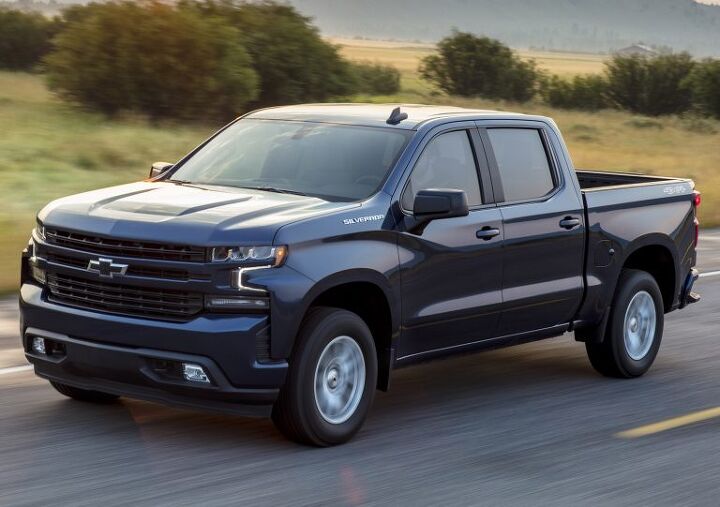

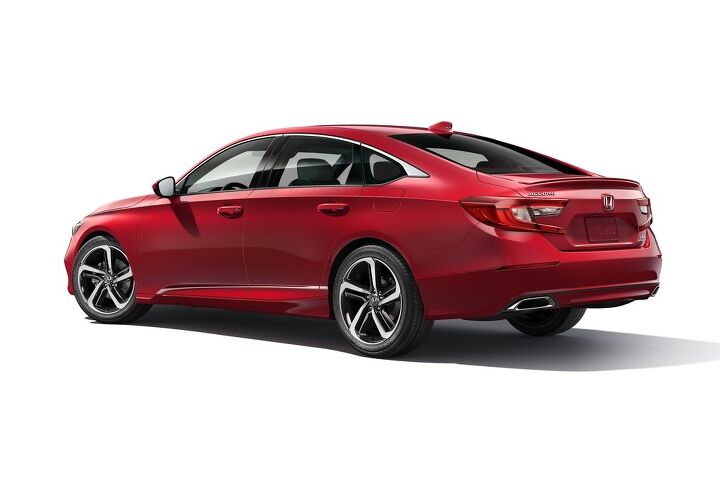
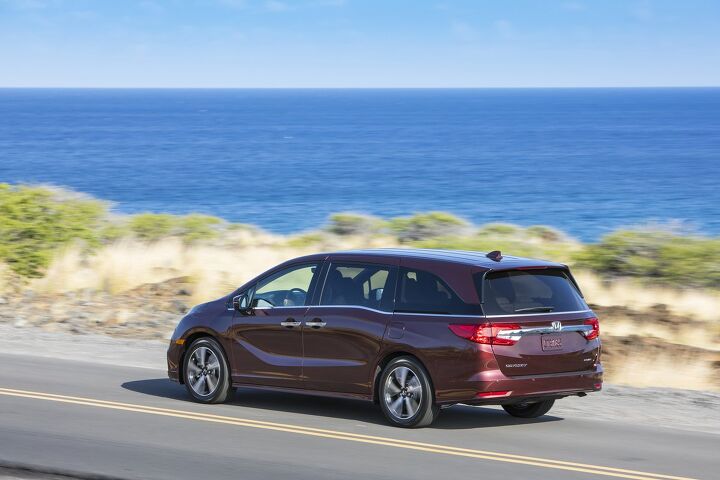
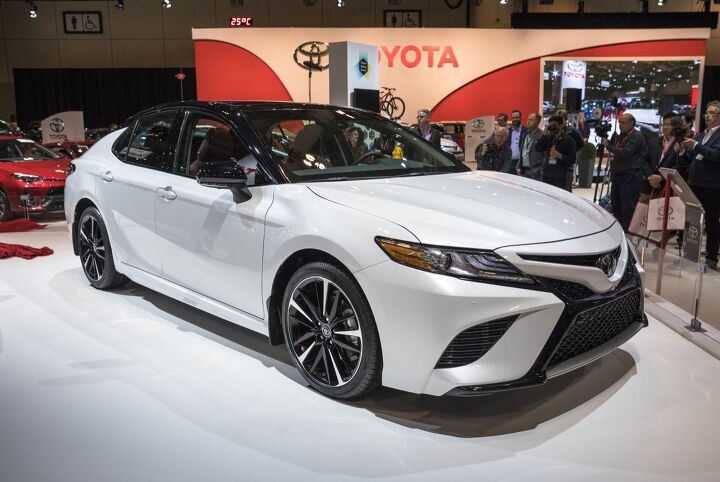






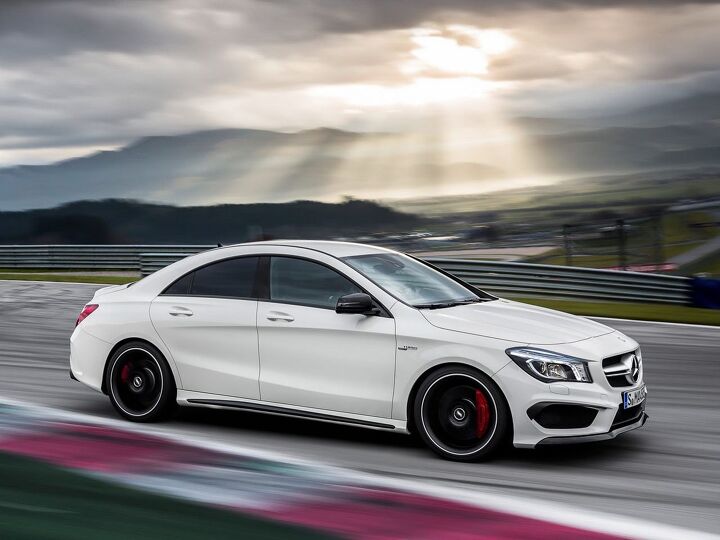
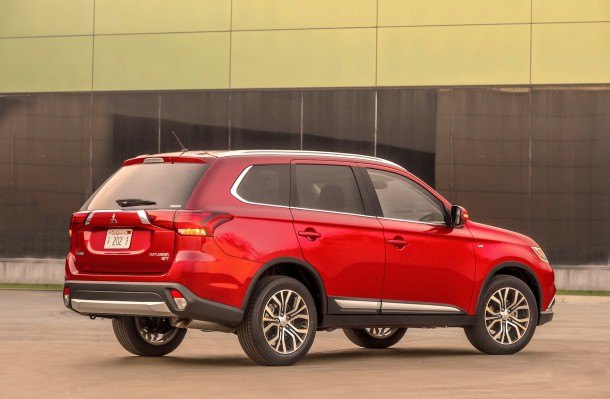
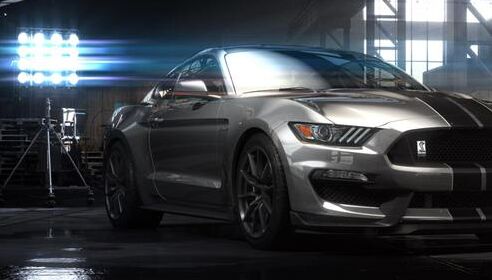












Recent Comments